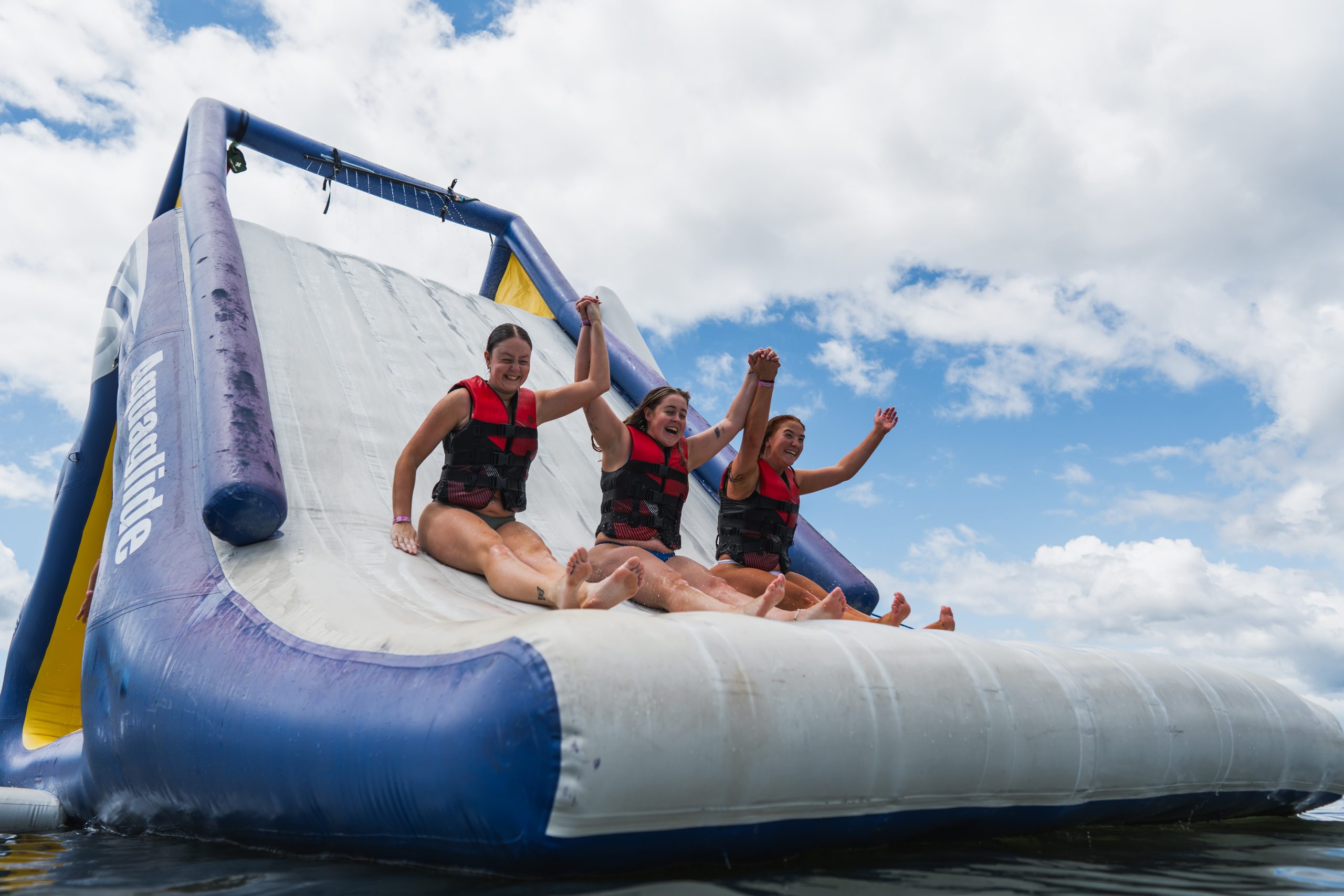Enterococci is a bacteria that live in the intestines of warm blooded animals. Only a few types of Enterococci can cause clinical infections in humans, the most prevalent being the species Enterocooci faecalis.
Enterococci can survive in a wide variety of environments one of which is water.
Both drinking and recreational waters are monitored for microbial activity. Enterococci is considered the indicator organism of faecal contamination of recreational waters throughout the world. There is a direct link between the concentrations of Enterococci in recreational water and the prevalence of gastrointestinal illness.
Sources of Enterococci in recreational waters include sewage, agricultural and urban runoff, stormwater, direct input form animals, bather shedding, boats, plant debris, soils, sediments and sands.
Identifying the origin (source) of Enterococci in recreational water is critical in keeping the numbers within acceptable levels.
Recreational categories:
Primary: Water used for primary activities such as swimming, bathing and other direct water sports. Enterococci level required: <35 CFU/100mL
Secondary: Water used for secondary contact, such as boating and fishing: Enterococci level required: < 230 CFU/100mL
The above values are taken directly from the “Guidelines for recreational water quality and aesthetics”
The below table shows the correlation between Enterococci numbers and the probability of GI (Gasto intestinal) infections. The below is taken directly from the NHMRC (National Health and Medical Research Council) guidelines.




